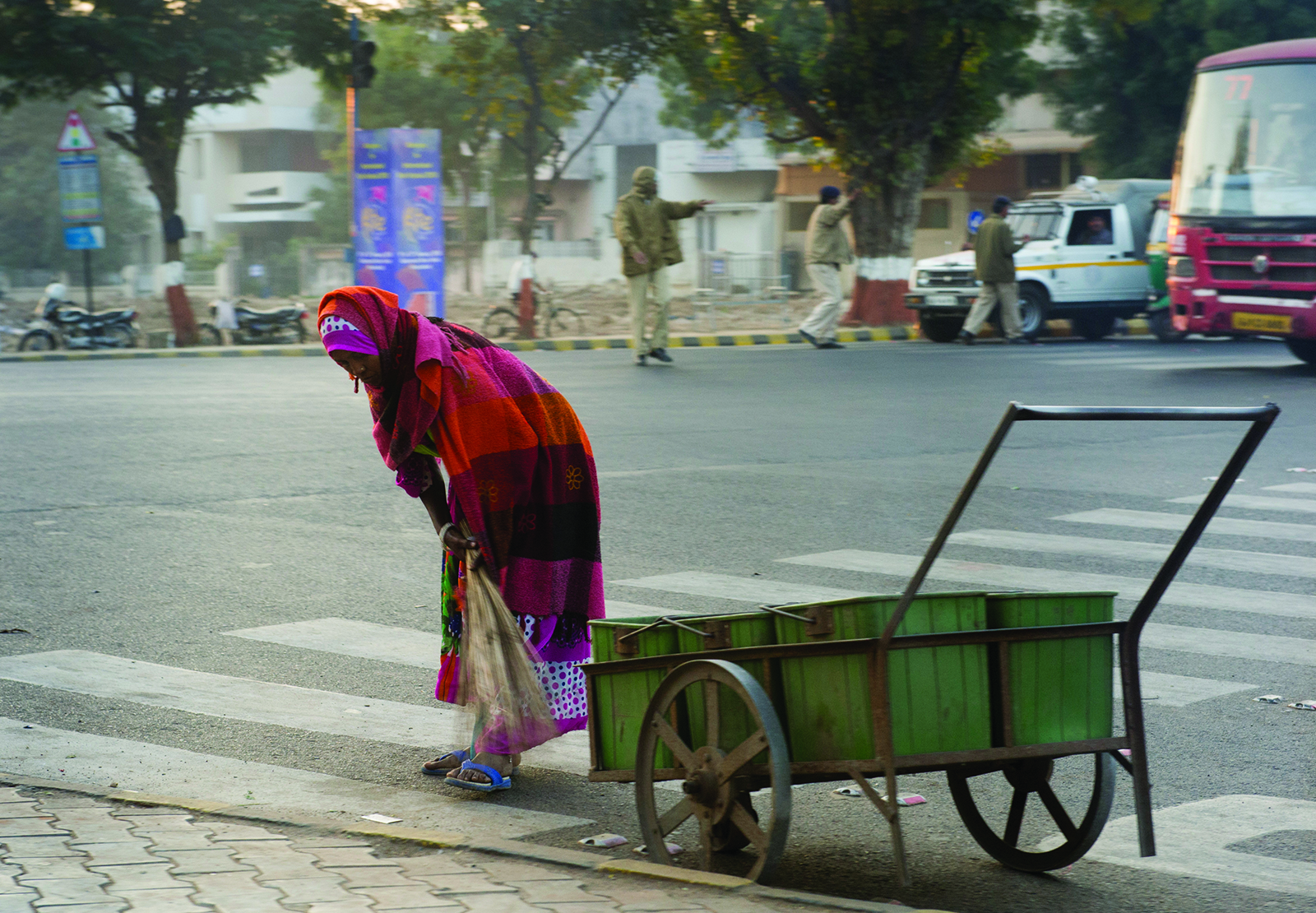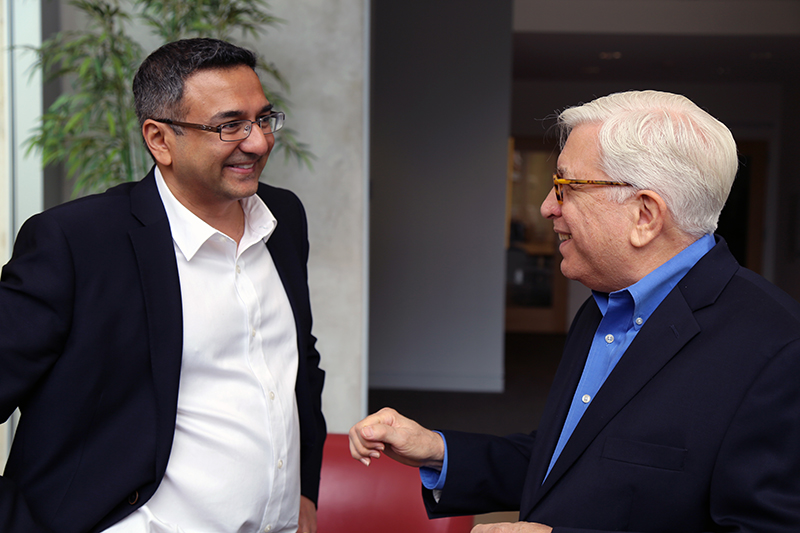
Photo credit: UN/Mark Garten
India is emerging as two societies in an uneasy coexistence. One is pushed by economic modernization that promises to relax age-old discriminations and permit upward mobility of the poor, and the other is pulled back by a 3,000-year-old caste system, still deeply embedded in the social fabric, that inhibits the rise of over 200 million people formerly known as Untouchables. As Laurence Simon, director of the Center for Global Development and Sustainability (GDS), explains, “Nowhere on earth is social hierarchy founded on ancient religious notions so evident as in India and Nepal, and to a lesser extent in other South Asian countries and their diasporas.”
“It is fundamentally antithetical to the very notion of a modern democratic social context, at least as we conceive of it in the West,” says Simon’s colleague at GDS, Rajesh Sampath. “And yet caste does persist on a massive scale, thus raising intriguing questions about the interplay of modernization, religion, secular values and democracy in India.”
Caste segregates individuals at birth into predetermined social groups, with Brahmins, who served society historically as academics and priests, at the top, while Dalits — the aforementioned “Untouchables” — at the bottom perform menial work like street sweeping or cleaning sewers.
“Caste oppression is among the greatest human rights problems in the world,” says Simon. “It manifests itself regularly through gang rapes and lynching of Dalit women or through hundreds of ‘honor killings’ annually of Dalit boys and non-Dalit girls who run off to get married. While government affirmative action for low castes enables some to enter universities, Dalit students increasingly protest discrimination on campus.”
Through its program on social exclusion, GDS has organized annual conferences on caste that have attracted a global mix of academics and leaders in anti-caste social movements as well as prominent academics from the African-American community for comparative studies of oppression. Sampath and Simon say that GDS is the first research institute or academic program at a university in the U.S. that’s focused on caste.

“We plan to grow our conferences and build a system of academic partnerships that care about this issue. There are opportunities to publish in journals and books, and to disseminate new scholarship to media around the world,” Sampath says. “At the same time, this is a critical moment. If you look at the current climate in India, a lot of right-wing, conservative forces are emerging and appropriating the religious context and using it to reaffirm caste hierarchy.”
“Ultimately, India will have to get beyond caste as a determinant of opportunity and quality of life for millions of its citizens,” Simon adds. “This is not easy. As we know, the legacy of slavery and ongoing racial discrimination in the U.S. continues to conflict with our own democratic ideals. We’d like to make a mark in the world of scholarship on social exclusion and by its dissemination empower the tools of social activism in responsible ways.”
This story originally appeared in the fall 2016 Heller Social Policy Impact Report. We invite you to view the report online or download a PDF of the report.
